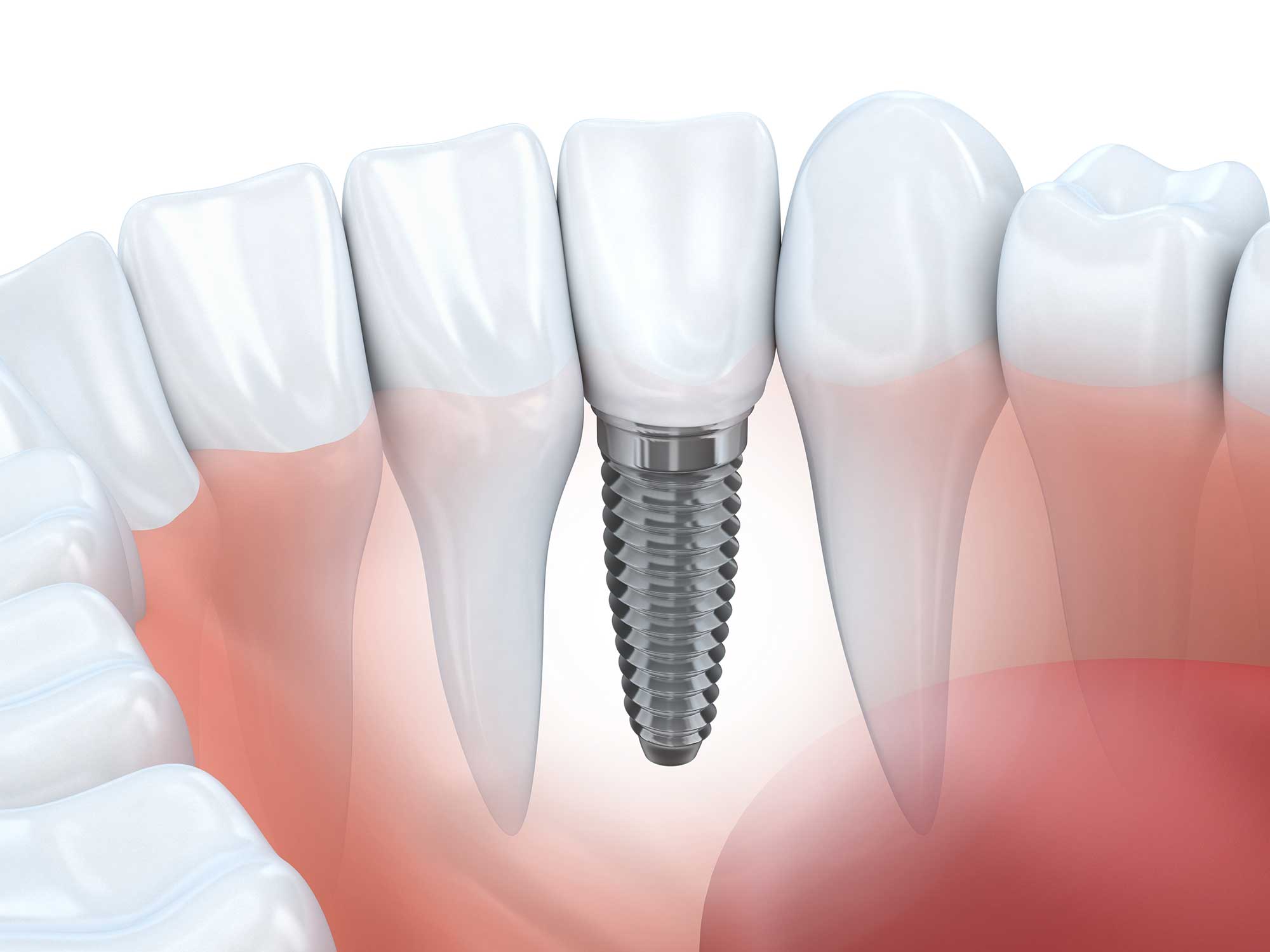
How does it get inserted?
To answer the most frequently asked question first: painlessly. The treatment itself is performed in local anaesthesia; this is usually all that is required. The procedure is comparable to the extraction of a tooth; the wound will heal within only a few days.
And this is how it is done:
The closed membrane that is formed by the oral mucosa will be opened. The implant clinician is using a special drill to create a socket in the bone that perfectly fits the implant. Once the location has been properly prepared, the implant is inserted and covered by the oral mucosa. It generally takes between three and six months for the implant to be firmly integrated in the human bone. During this time, a temporary bridge or denture will allow the patient to chew and to speak.
Once the implant has been successfully integrated, the oral mucosa is re-opened (once again in local anaesthesia) directly above the implant, and a post or pillar, called abutment is placed on top of the implant, which may be considered an artificial tooth root by cementing, adhesively or by screwing. The dental crown will then be placed on top of this abutment.
There are many reports in the media that talk about immediate loading, a method according to which a dental implant is expected to be seated firmly within only a few hours. However, caution is still advised at this point. These methods are used by very experiienced dentists and are not considered for every patient.





